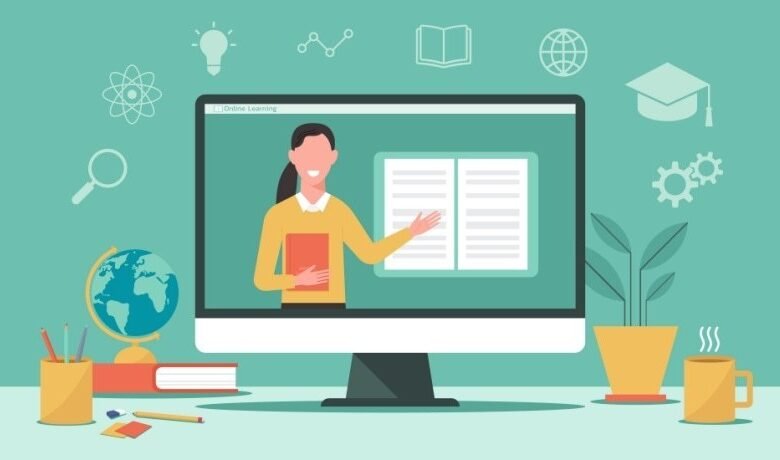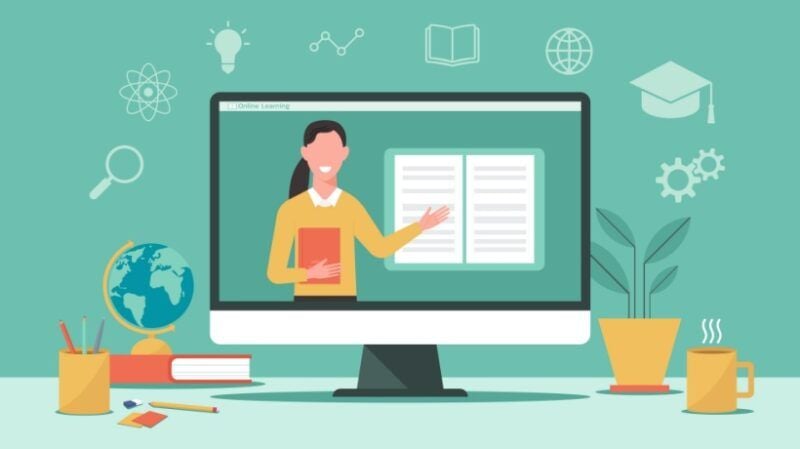Learning Gaps: Closing The Digital Divide In Education


Closing Learning Gaps With Online Tutoring
When schools shifted to remote learning, it wasn’t just lesson plans that changed—it was who could actually keep up. Some students had high-speed internet, a quiet desk, and parents who could troubleshoot tech issues. Others were trying to learn on a phone, sharing Wi-Fi with siblings, or in some cases, missing school entirely.
The Gap That Didn’t Go Away
Those early differences didn’t magically disappear when classrooms reopened. Teachers still see it today: some students have strong academic foundations and keep moving forward, while others continue to struggle, falling further behind. It’s not just about missing content—it’s about confidence, participation, and how students now view school.
For some, the pandemic created a lingering sense of academic anxiety. Even after returning to normal schedules, they still approach new topics with hesitation, worried they’ll fail before they begin. Teachers have noticed that these students may need extra encouragement just to attempt a problem. Without targeted help, these fears can compound over time, turning small learning gaps into bigger obstacles. Addressing these emotional and confidence-based barriers is just as critical as teaching the academic material itself.
Why One-On-One Digital Tutoring Works
Many school districts have turned to online one-on-one tutoring to bridge these gaps, and it works for a reason. Tutoring allows for customized, focused attention—one student, one tutor, and zero distractions. Parents often compare different tutoring approaches, weighing flexibility, interaction styles, and results before choosing what works best for their child.
Math is one of the top subjects where this approach shines because math concepts build on one another. Missing one step—like fractions or algebra basics—can make future lessons feel overwhelming. Personalized online math tutoring gives students the chance to stop, rewind, and finally ask the questions they’ve been too nervous to bring up in class.
Tutors can also adapt to each student’s preferred learning style—whether they need visual diagrams, step-by-step verbal explanations, or interactive problem-solving. This flexibility is something large classrooms often can’t provide. Over time, students not only catch up on missed skills but also develop stronger problem-solving habits, making them more independent learners in the long run.
Case Study: Springfield, Missouri
In Springfield, Missouri, one middle school piloted digital tutoring for struggling math students. After only eight weeks, the impact was noticeable. Teachers reported higher grades, better assignment completion, and a visible shift in student attitudes. Kids who once sat quietly now raised their hands in class, showing they weren’t just catching up—they were gaining confidence.
Bridging The Digital Divide
Of course, tutoring only works if students can actually log in. The digital divide—gaps in access to the internet and devices—remains a challenge even today.
Some homes lack high-speed internet, and even when devices are available, not every family feels comfortable navigating online learning platforms. That’s why some schools are pairing tutoring with digital literacy support—teaching both students and parents how to use technology effectively. For families supporting learning at home, becoming familiar with education topics helps parents feel prepared to guide their child’s education.
Districts are also hosting “tech nights” where families can learn how to join tutoring sessions, manage logins, and troubleshoot common issues. Closing gaps isn’t just about handing out laptops; it’s about helping families see technology as a learning tool rather than just entertainment.
In rural districts, where distances make in-person help harder to access, some schools have converted libraries, community centers, and even school buses into mobile Wi-Fi hubs so students have a quiet, connected space to learn. These creative solutions show that bridging the digital divide isn’t about technology alone—it’s about designing access around the realities of students’ lives.
Building Confidence Alongside Skills
One of the biggest benefits of online tutoring is the boost in confidence it brings. Students get a safe space to ask questions, make mistakes, and try again—without the fear of classmates watching. This confidence often spills over into the classroom. Students who once hesitated to attempt math problems start volunteering answers. They stop skipping assignments and begin to see learning as something they can handle.
Districts have taken note and are expanding tutoring beyond just crisis recovery. Summer math programs and targeted algebra support are becoming common because educators know early intervention prevents bigger academic hurdles later.
Parents notice the change too. For some, the shift in their child’s mindset is as valuable as improved grades. And when affordability is a concern, knowing how much math tutoring costs and what resources are available makes planning easier [1].
Interestingly, some students report that the biggest change from tutoring isn’t just in their math grades but in how they approach challenges in other areas of life. When they realize they can tackle something they once thought was “too hard,” that mindset shift can carry over into sports, hobbies, and future career aspirations. This ripple effect—moving from academic recovery to personal growth—is one of the most powerful, lasting impacts of consistent one-on-one support.
A Shared Effort For The Future
Online tutoring isn’t a magic fix, but when paired with efforts to close the digital divide, it levels the playing field for students who fell behind during remote learning. This isn’t just about boosting scores—it’s about restoring confidence, rebuilding skills, and giving every student the belief that they can succeed. In some cases, tutoring even sparks a renewed love for learning.
The pandemic may have exposed the digital divide, but schools, families, and communities now have an opportunity to reshape how students access support. By investing in personalized tutoring, equitable tech access, and digital literacy training, we can ensure all students have the tools to succeed—not just today, but in the future as well.
References:
[1] How Much Does Math Tutoring Cost in the US? A Parent’s Guide for 2025Source link



